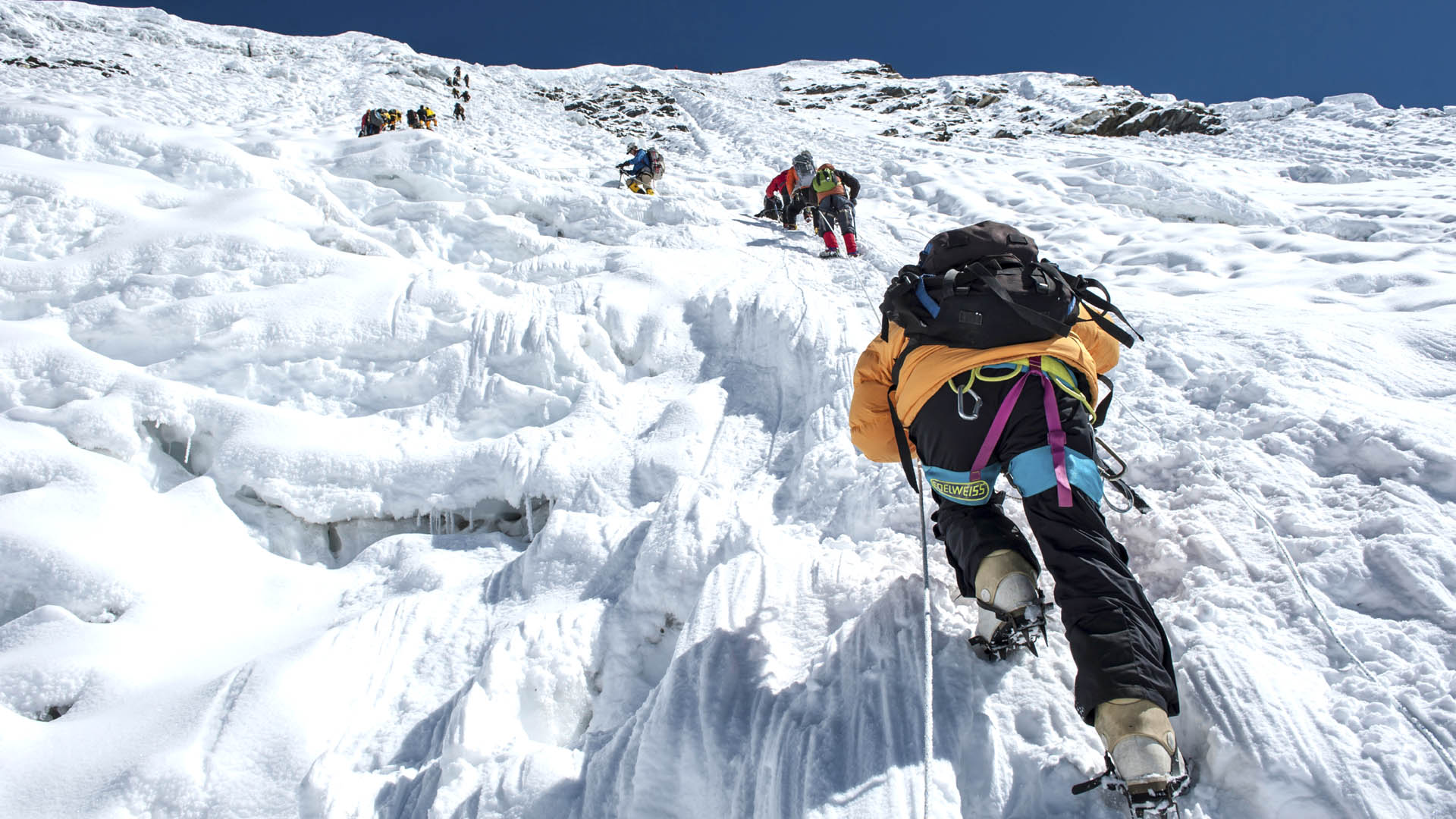Mountaineering is the sport of climbing mountains – whether you are hiking in the Lake District, scrambling up Snowdon or tackling a tough multi-pitch climb in the Himalayas.
Traditionally, mountaineering referred to the sport of reaching the highest point of unclimbed big mountains. Many people think you need lots of expensive, technical mountaineering equipment – such as mountaineering boots and special mountaineering jackets – but this isn’t always the case.
Today, mountaineering is divided into many sub-categories which include hill walking, traditional and sport rock climbing, ice climbing and alpinism or winter mountaineering.
You don’t need to have expensive mountaineering equipment when you first start out
In Europe, mountaineering is often called alpinism, which refers more to difficult climbs at high altitude on mountains covered in ice and snow. If you want get seriously into mountaineering, you will need to take up rock climbing.
The Ancient Greeks believed mountains to be sacred as they physically brought you closer to heaven. However, it is thought the beginning of mountaineering started in 1492 when Antoine de Ville climbed the Mont Aiguille in France using ladders and ropes.
Mountaineering gained popularity in the 18th century and by 1857, mountaineering became a more competitive, popular sport in Britain with the founding of The Alpine Club, the first mountaineering club.





